Text
Paris Experiences: numéro cinq
Religious Diversity in Paris
Throughout our time in Paris, we were able to see some of the impact religion had on art and history, and just how intertwined these three subjects really are. There is not rarely an even cause and effect. Instead, they weave together. Through visits to a Catholic Mass, the Mosqueé de Paris, and the Immigration Museum, I was able to understand some of the religious diversity of Paris and how it came to be.

Like many nations, France has a rather complicated past with religious versus state power. Having the ability to visit these various places cemented in my mind some of the conflicts, changes over time, and complexity that I have learned in history courses.

I am not sure if this experience impacted my faith exactly, except that I was in awe of the dedication that humans show to God in different ways. Whether through detailed plaster and tile work in the Mosque, or the complicated stained glass in the Catholic church, people have used artistry and time to show God their faithfulness and love for him. This was exceptionally thought-provoking and also encouraging to me.

The history of Catholicism and Islam in France and the extreme contrast between these histories is also interesting to think about. Christianity and Catholicism in particular faced a decline because of the French revolution, while Islam has recently come under particular scrutiny in France because of extremist terrorist attacks.
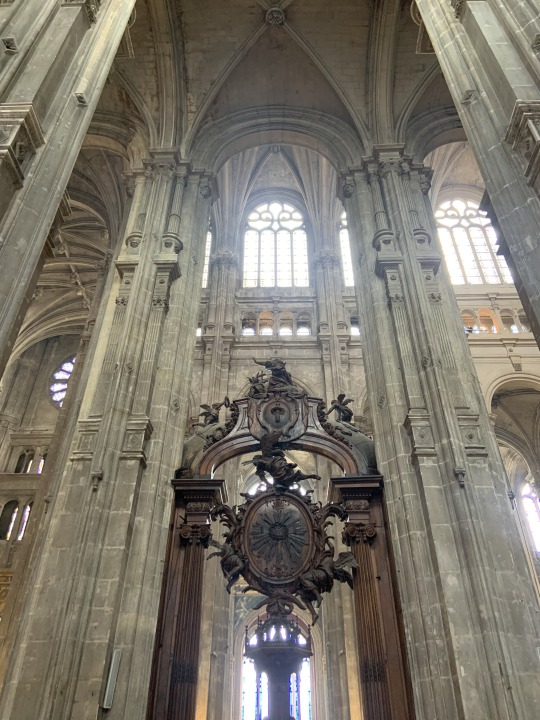

Finally, the relationship between these two religions in reference to race, colonialism, and immigration is also complicated. When we visited the Immigration Museum, we were able to see some depictions of the roles of Christians and Muslims in French history, From the colonialist white French perspective, most of these people of color were not citizens but subjects of the empire.
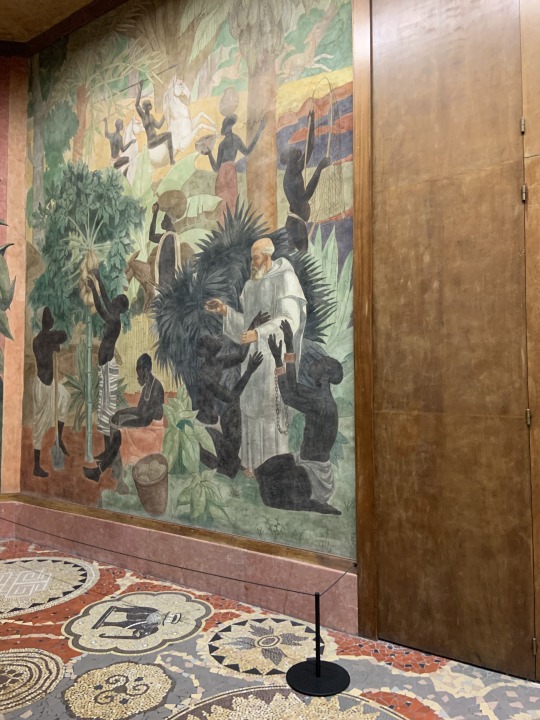

This belief of racial and cultural superiority is clear in the depiction of a Catholic priest assisting African children, and in robed women and men collecting food for the French empire. Learning more about the history of immigration and cultural exchange, in addition to the Catholic and Muslim traditions practiced in France helped me to understand how incredible it is that France, though it is far from perfect, has such a diverse, well-functioning capital city.
0 notes
Text
Paris Experiences: numéro quatre
Père Lachaise Cemetery
I have never wanted to get lost in a cemetery, but that’s exactly what happened when my classmates and I traveled to the 20th arrondissement to visit this giant cemetery. The Paris Paris Convention and Visitors Bureau states that the cemetery contains 70,000 burial plots. There is a lot of ground to cover, and when you are trying to find specific graves it can be a bit complicated at first. However, once we got the hang of the number system, which is actually quite simple, we were able to find the names we were looking for.
It’s a bit strange to have a cemetery be the main attraction in a park, with people jogging and walking with friends. The walkway around the perimeter of the park has foliage, flowers, and spots of shade, while the graves are quite exposed to the sunlight. The park is broken up into “divisions,” which are plots of land separated by cobblestone paths, and filled with memorials. I did not see a tombstone during the entirety of the visit. Instead, it was filled with large monuments, often to entire families. I was also surprised by the descriptiveness of some of the tombs.

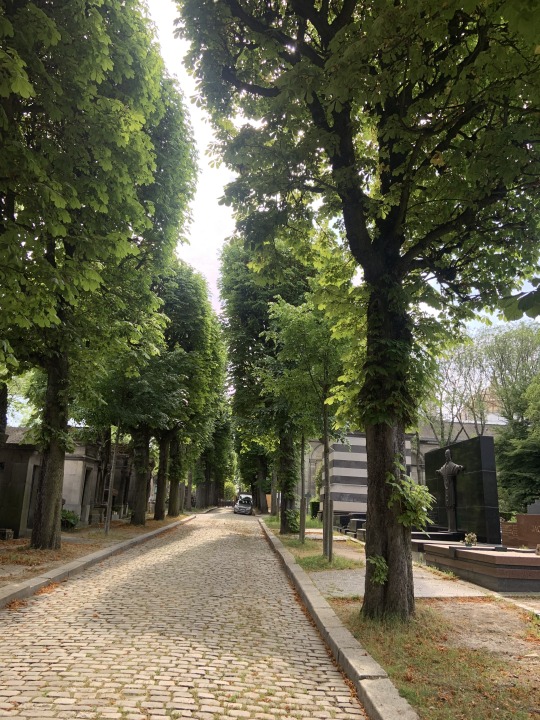
This integration of everyday life, ie. enjoying the fresh air or jogging, with a place honoring and housing the remains of the dead were fascinating to me. It also humanized the tombs a bit. Everyone who is memorialized in this cemetery once breathed on this earth, just like the people in the park. What the cemetery pays tribute to is their life, not their death. I had never thought of a cemetery as a place that could be blended with public life in this way. Beyond individuals, the cemetery also memorializes the deaths and atrocities of the Holocaust, the Rwandan genocide, and other horrible events. These monuments in particular were shockingly graphic and haunting.
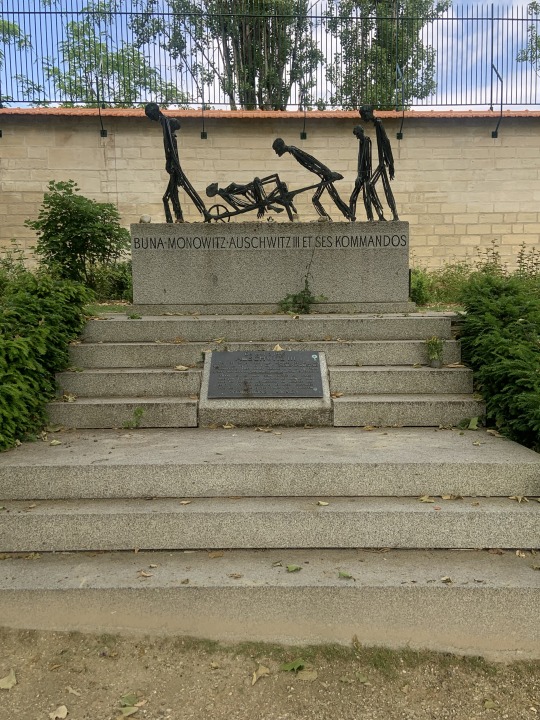
One of the most interesting things about this place is the diversity and intricacy of the tombs. There are so many art styles represented, gothic being the one that stuck out to me the most, but there were also mausoleums and other styles as well. Many tombs were dedicated to an entire family name, and not just one or two people. Many of the tombs that stood out to me had detailed and unique designs. Very rarely did I see one grave that looked strikingly similar to another monument.
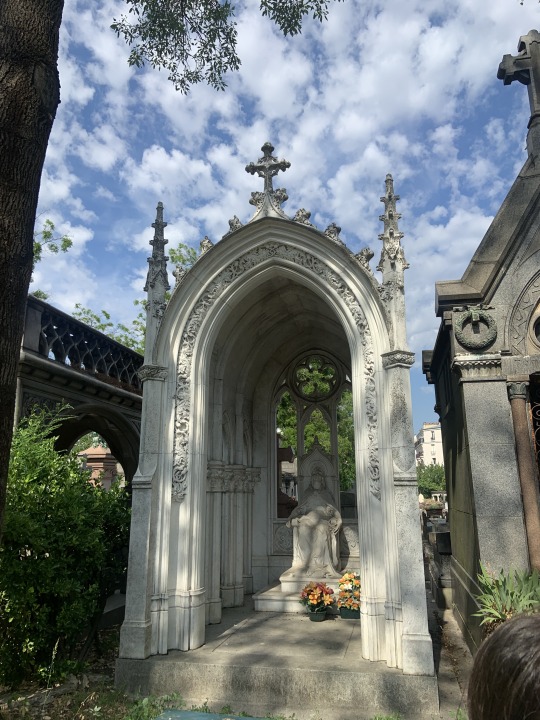

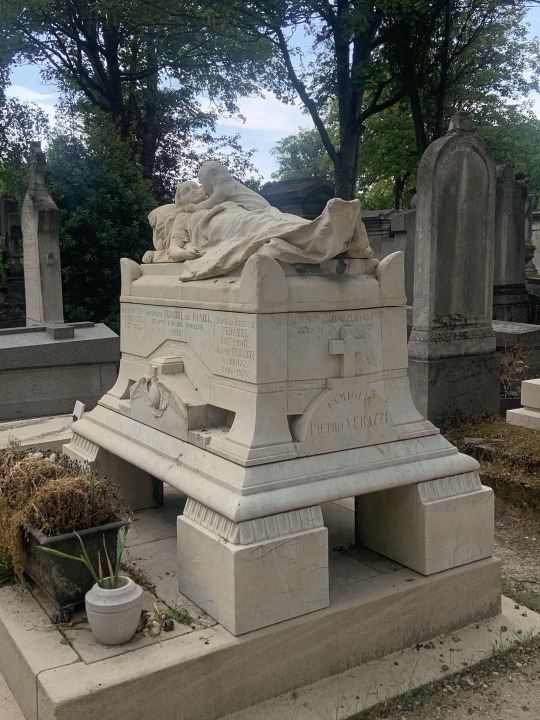
I wanted to see the graves of Isadora Duncan and Richard Wright. Duncan was an American dancer who is widely considered the mother of modern dance. Wright was a celebrated author of novels, essays, and poetry. Both were Americans who ended up living and dying in France.
Duncan was known for her bold movements and bright humor. She made enemies in America when she returned from Russia with a Russian husband and left the United States. Both of her children died in France, and upon her untimely death in 1927, she was cremated and her ashes were placed alongside her children’s. Today, Duncan’s unique style of dance has been carefully passed down through generations of “Isadorables” or Duncan dancers.
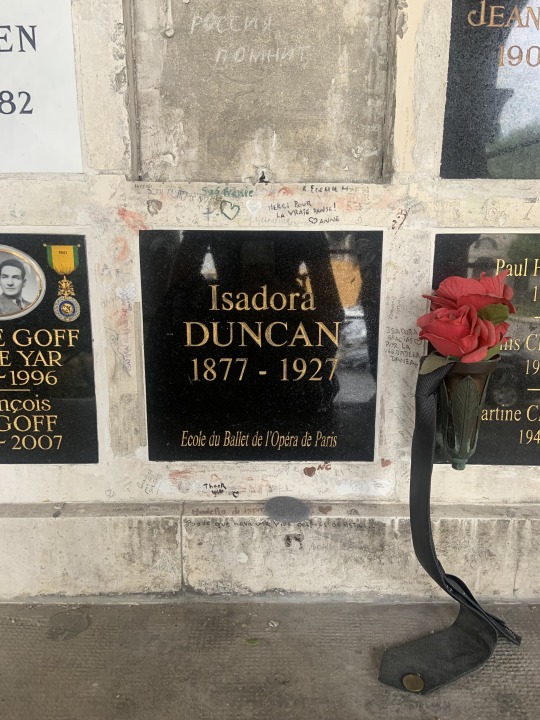
Wright spent much of his life in the United States, finally leaving for France out of disgust with continually facing racial discrimination in America. His work demonstrating the racial inequity and harsh living conditions of African-Americans in the Jim Crow South made him the most successful Black writer in America. He also inspired James Baldwin and other young Black writers. Wright died in Paris in 1960.
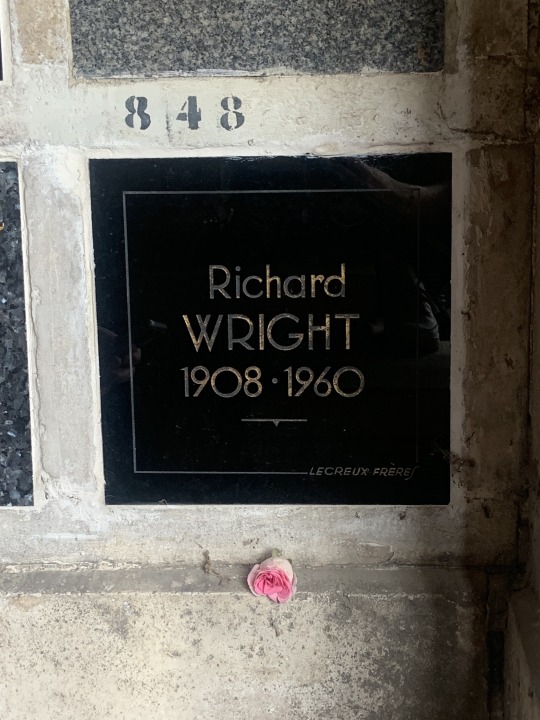
The cemetery was a striking part of my time in Paris. It is not one that I remember with much joy, but it did give me a different perspective when it comes to public spaces and places of memory. It also made me think about how we remember both the good lives of the ones we love, and the untimely deaths or murders of various populations. Where does this all fit in the national memory? Who takes the blame? These are questions the United States has been wrestling with since its conception. I think America has a lot more to learn from France in this respect.
Sources:
"Cimetière du Père Lachaise," Paris Convention and Visitors Bureau.
"Richard Wright," Poetry Foundation
"Isadora Duncan," Isadora Duncan Archive
1 note
·
View note
Text
Paris Experiences: numéro trois
Mémorial de la Shoah (Holocaust Memorial Museum)
This place of memory is a mix of memorial and museum. It was sobering and difficult to make my way through the information and photographs displayed in the museum, yet the very existence of this place is one of the ways we as a global society, attempt to stop atrocities such as the Holocaust from ever happening again.
The Mémorial de la Shoah is a place of memory, tribute, documentation, and education. It functions as a museum, archive, and memorial all in one. The history of the museum began with the crypt found in the lower level of the current building. The memorial was inaugurated in 1956, with international Jewish representation.
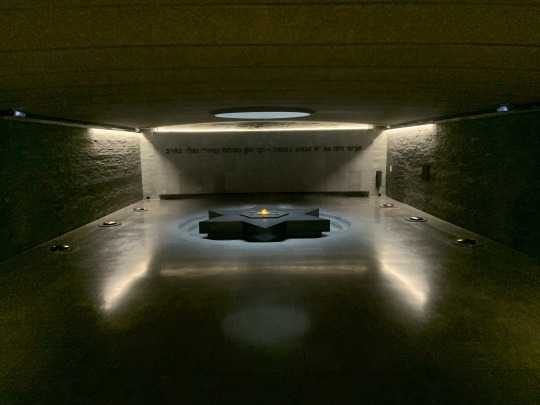
The crypt contains ashes from those who perished in the extermination camps and the Warsaw Ghetto. The museum’s website states that Grand Rabbi Jacob Kaplan buried these ashes, “along with soil from Israel, on February 24, 1957, in accordance with Jewish tradition.” The crypt is large and silent. A giant star of David, made of black marble, is symbolic of a grave for the millions of Jewish who were killed and do not have a grave.
The other elements of the museum were added in 2005, and include reading rooms, the wall of names, which lists the names of the Jewish who were deported from France , and a multimedia center. The museum is heavily geared towards educational purposes, especially aimed at schools and educating youth. The museum is free, and its hours are 10 a.m. to 6 p.m. every day except Saturday and until 10 p.m. on Thursday. It also offers a free guided tour of the Memorial and the permanent exhibition every Sunday at 3 p.m.
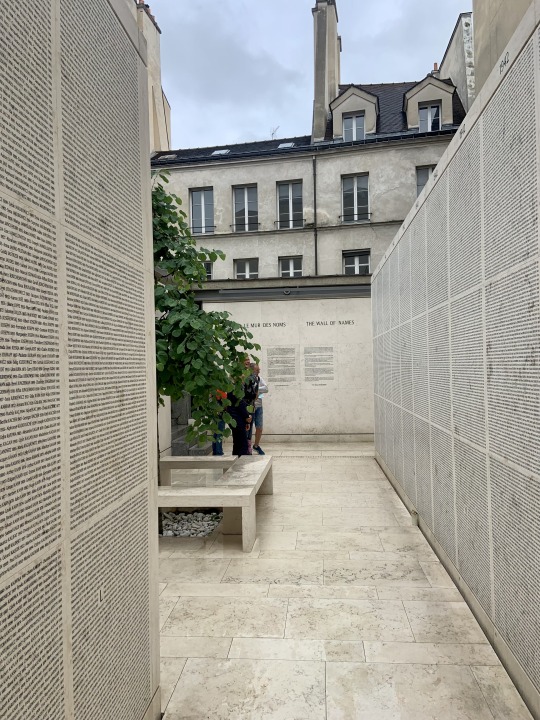
As a whole, the museum was incredibly informative. It relies almost entirely on secondary written information, primary documentation, and photographs, and does not contain many such physical items such as shoes or suitcases confiscated during the holocaust as other museums do. One of the main physical items included the yellow star of David "Juif" patches. The tour was self-guided, with the crypt and permanent exhibition on the two lower levels of the museum. It was relatively simple to navigate through the museum. The space was divided into some smaller rooms, but the main area with interactive audio content was laid out in two large rooms. Glass topped displays about 4 feet high dotted the space, and contained interactive booklets discussing a particular historic figure and their life. On the walls were propaganda posters, photographs, and descriptions. On the floor was etched a map of the world, displaying the number of Jewish who lived in each region.

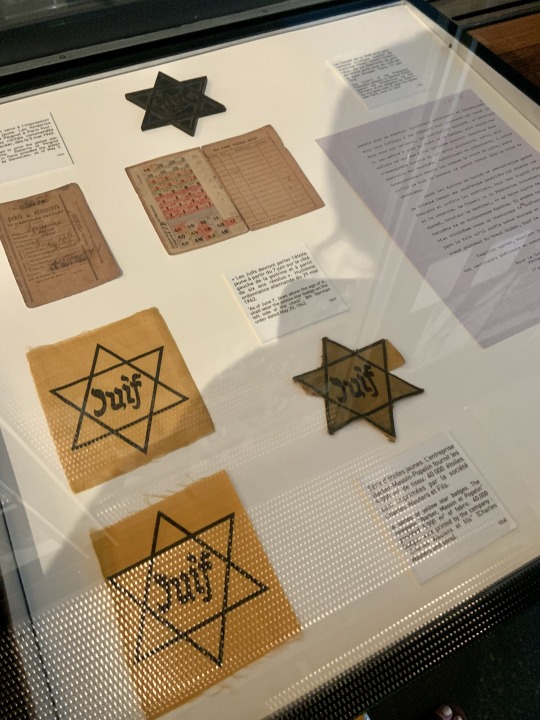
Many of the stories I encountered were individual. Information about the Holocaust, in general, was available, but the more interactive pieces encouraged you to see and learn about individuals who were affected by the Holocaust. There were also photos and information about the Vichy government and Nazi officials who authorized and carried out the transportation of the French Jewish population to extermination camps. The museum also contains a specific memorial to children killed in the Holocaust. The haunting exhibit consists of a backlit hallway covered in the photos of these innocent victims.
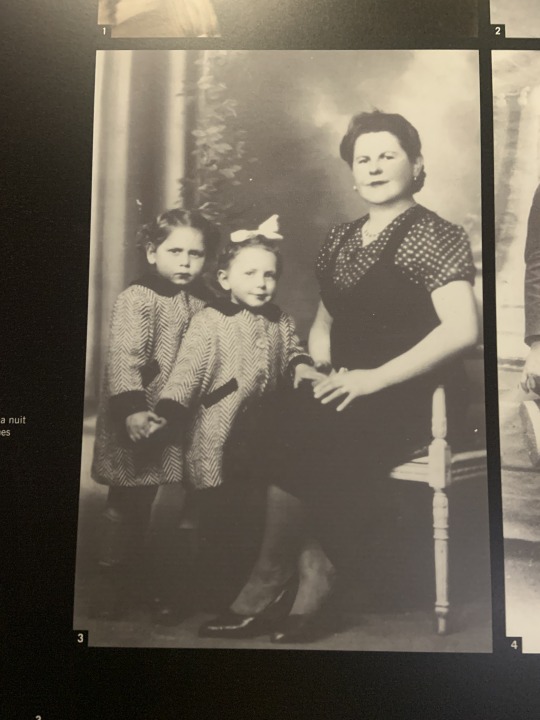


The lessons of loss and destruction of life in this museum are impossible to miss. One of my main takeaways from the permanent collection exhibit was that the Holocaust happened slowly and carefully. It was deliberately planned, and the Nazis worked to gradually restrict Jewish communities. Small violations of rights and little discrimination can grow and become horrific atrocities.
I could engage with the history exhibited. I especially connected to photos and stories of young parents and their children. Seeing the innocence and senseless loss of life in these circumstances again made me think about the process that led to these atrocities. One big lesson I took away is we must never underestimate the capacity for human cruelty and passivity. No matter what “modern age” we live in. We must be careful when someone tries to demonize a particular group of people, or on the flip side when our rights are taken away in small doses. Imagining that genocides like the Holocaust could never happen today is foolish. I am grateful for the existence of the Mémorial de la Shoah and the graphic way that it confronts this ugly chapter of human history. I also appreciate that the French government acknowledges the damage and evil the Vichy government created. Remembering these horrible events is one of the only ways we can make a difference in our future.
Sources: Mémorial de la Shoah website: https://www.memorialdelashoah.org/en
0 notes
Text
Paris Experiences: numéro deux
Place de la Nation
This square was originally called the Place du Trône, meaning the square of the throne, and it was created to celebrate Louis XIV and Maria Teresa of Spain. During the French Revolution, however, hundreds of public executions were carried out in the square. In fact, the guillotine in this square was one of the most active ones in Paris in 1794.

The monument currently in the square, which was officially named Place de la Nation in 1880, is a celebration of the centenary of the French Revolution. The giant bronze monument in its center, 'Triomphe de la République' was created by architect Jules Dalou, and features a Marianne figure, a team of lions, and cornucopias, illustrating the power and prosperity of France. Two large columns stand at the entrance to the square, one with a statue of Saint Louis atop it, and the other with Philippe Auguste.

In contemporary Parisian culture, you would never guess the square had been full of jeering crowds and the blade of a guillotine. It functions as a traffic circle, but also a gathering place. Today is it the starting point for many protests and demonstrations. This is especially symbolic because of its history and memorialization of the French Revolution. The memory of this space lives on with the French public.
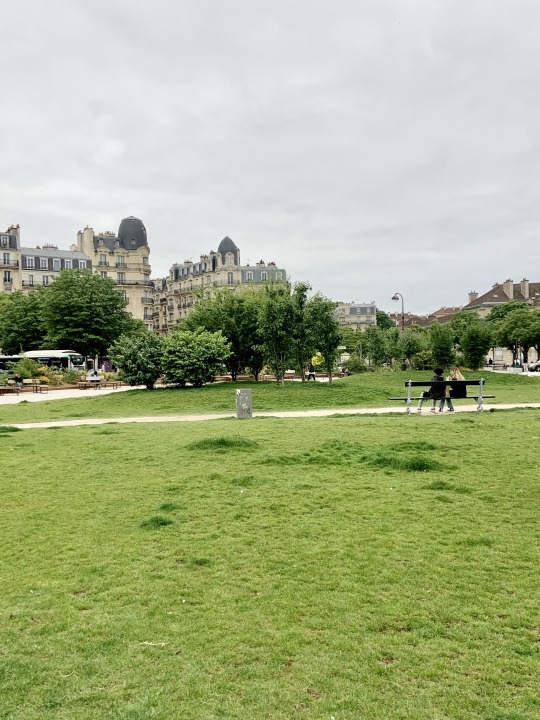
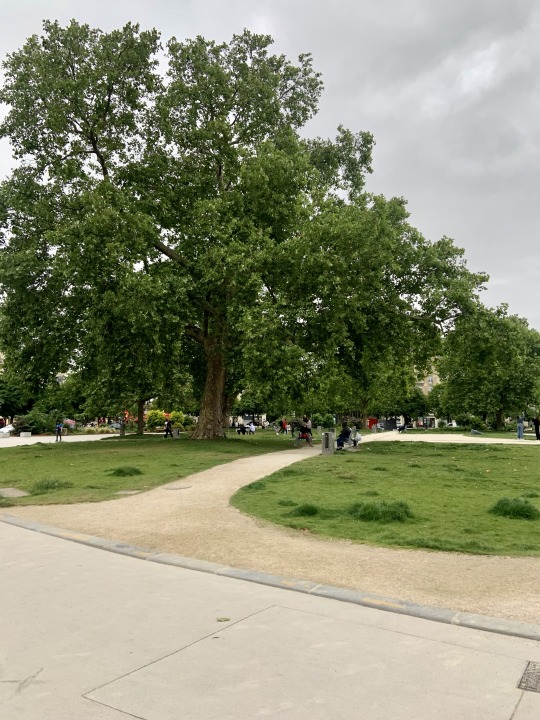
This was not the most friendly square that I’ve visited. It was not quaint by any means, though there were certainly beautiful large trees and modern, half-moon-shaped benches. The people hanging out at this square were mostly men, either in small groups or by themselves. As I visited in the early evening, would be interesting to visit the square at a different time of day, perhaps mid-morning, to see how the use of the space differs.

The design of the space centers around the imposing monument at its center. However, plenty of green space and spacious park benches create many different areas for people to gather together. There were also people who were jogging around or through the square. The square is lined with a broad pavement sidewalk, and gravel paths crisscross its interior. It is wide and flat. There are apartment buildings, shops, and restaurants surrounding it.

As a public space this square clearly serves many purposes, and to different Parisians in different ways. The space functions as an evening hang-out spot, a place to begin a demonstration, or even somewhere to eat lunch and chat. Like many of the public spaces in Paris, it is well used, though perhaps not always how the planners of the square originally intended. From its use during the French Revolution and reign of terror to its current use as a park and gathering place for demonstrations, it has certainly not lived up to its original name, "square of the throne."
Sources:
Manon C, "The Place de la Nation in Paris," Sortiraparis.com. April 12,
"Place de la Nation," Paris Convention and Visitors Bureau.
1 note
·
View note
Text
Paris Experiences: numéro un
Jardin des Tuileries
This garden began construction under the direction of Queen Catherine de Médici in the 16th century, and experienced redesign, as well as the impact of the revolution. It was set aflame during the 1871 uprisings, which further opened the park into what is known as the “Triumphal way.” The garden serves as the axis point for many great monuments and symbols of empire and French glory. At the east end is the Louvre, then the Arc de Triomphe du Carrousel, followed by the Luxor Obelist, and the Grande Arche de La Défense towards the west.
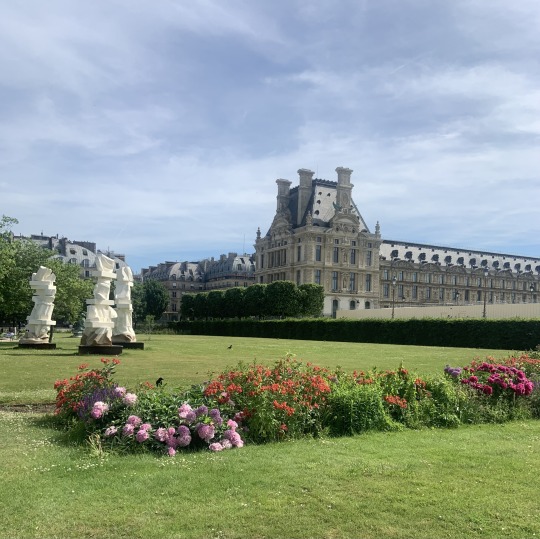
At first, this garden served the royals and nobility, but through the years, and because of the revolutions, it is now the property of the people, and open for everyone to enjoy. As I mentioned before, conflict and destruction in 1871 actually helped to make the park as broad and clear as it is today.

The park itself now contains two fountain pools, rows of square trees, a small carousel and trampoline park, shaped shrubbery, and dozens of statues and sculptures. Most of the ground is covered in gravel walkways, perfectly green grass, and flower beds filled with roses, peonies, irises, and other tall flower varieties.

Chartreuse metal chairs surround the fountains and sit under the shade of trees. Some of them are permanently reclined and include wooden cup holders. They are usually filled with people sunbathing, reading, or chatting. You will have to be quick to snag one on a beautiful Spring or Summer day. The grass is off-limits, with low metal fencing designating it as a no walking zone, but there are also benches under some of the carefully maintained tree rows. There are also food stands including gelato and other treats throughout the area. Most of the garden is surrounded by a stone wall, which means you need steps to exit it, and gives it a somewhat intimate “sunken garden” feeling.


I entered the garden from the East end, after walking under the Arc de Triomphe du Carrousel and walking down the wide gravel paved walkway. The sun was bright and strong, and I noticed the prime real estate that shade was. Many people were simply seated around the fountains talking, many others were purposefully taking walks or jogs through the park. You could hear the echo of schoolchildren’s laughter in the distance. The further we got from the Louvre, the calmer the park became, although there was a constant stream of people walking in both directions.


The space filled me with contentment and a good dose of sunshine. By walking through the park both from East to West and also North to South, you can find an area that suits your activity or preference. The rows of trees provide shade, and the chairs around the fountain are a great spot to read, people watch or chat with friends. The statues throughout the park reminded me of the history of the space, and the royal intentions it was created with. Leave it to the great Catherine de Médici to conceive of a stunning park like this.
Sources: Walking Paris: The Best of the City, National Geographic
2 notes
·
View notes